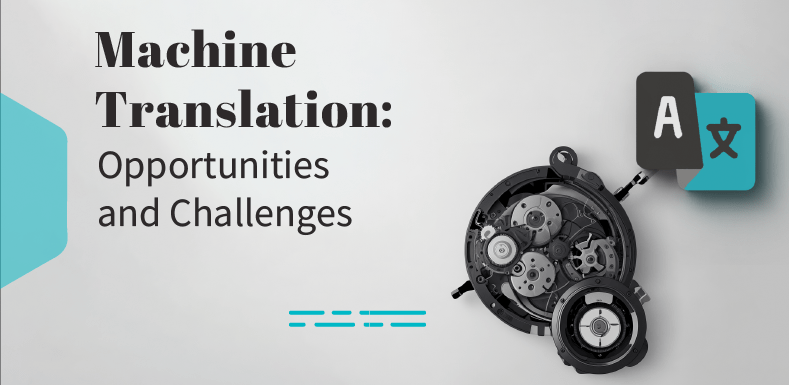
In the dynamic landscape of global business, technology integration has revolutionized how companies expand their reach. One such technological advancement, machine translation (MT), has emerged as a pivotal tool in the realm of localization. This article delves into the transformative impact of machine translation in localization strategies, while also highlighting the associated opportunities and challenges.
Unveiling New Avenues with MT
Machine translation stands as a beacon of efficiency in breaking down language barriers. As businesses strive to communicate across diverse markets, MT presents an excellent opportunity to convey messages in various languages seamlessly. This paves the way for broader audience engagement and heightened customer satisfaction.
In the era of instant gratification, time is essential. Machine translation expedites the localization process, enabling companies to swiftly launch products and services in new markets. This agility not only boosts their competitiveness but also allows them to capitalize on emerging trends without delay.
Traditionally, localization required human translators and extensive proofreading, involving substantial costs.
Machine translation streamlines the financial aspect, allowing businesses to strategically allocate resources. The cost-effectiveness of MT facilitates cost-efficient global expansion, even for smaller enterprises.
Challenges on the Horizon
While machine translation excels at syntax and vocabulary, it often grapples with preserving the nuances of context. Humor, cultural references, and idiomatic expressions can be lost in translation, potentially leading to misunderstandings. Striking a balance between efficiency and contextual accuracy remains a challenge.
Machine translation isn’t infallible. Post-editing becomes crucial to ensure high quality and accurate content. Companies need to invest in skilled human editors who can fine-tune MT output and add the human touch that machines lack. This bridging of the human-automation gap is essential but demands resources and time.
Certain industries need to handle sensitive information, like legal documents or medical records. Entrusting machine translation with such content raises security concerns. Ensuring data privacy and regulation compliance demands innovative solutions that marry MT’s speed with stringent security measures.

The Road Ahead
The future of localization lies in the synergy between human linguistic expertise and machine automation. Companies must recognize that machine translation is a potent ally, but not a replacement for skilled human translators. Using MT for initial drafts and repetitive content allows human linguists to focus on fine-tuning and ensuring authenticity.
In short, the marriage between machine translation and localization holds immense promise. It can bring forth unparalleled efficiency and cost-effectiveness, yet also entail challenges pertaining to context, quality, and sensitive data loom. The key lies in harnessing the strengths of both machines and humans, ushering in a new era of seamless global communication.
As the world continues to rapidly change through technological innovation, businesses that embrace the potential of machine translation stand poised to conquer new horizons, connecting with audiences around the world like never before.









